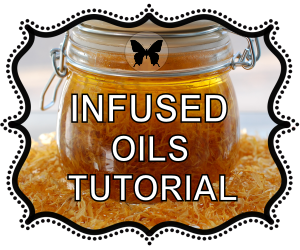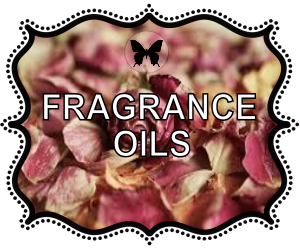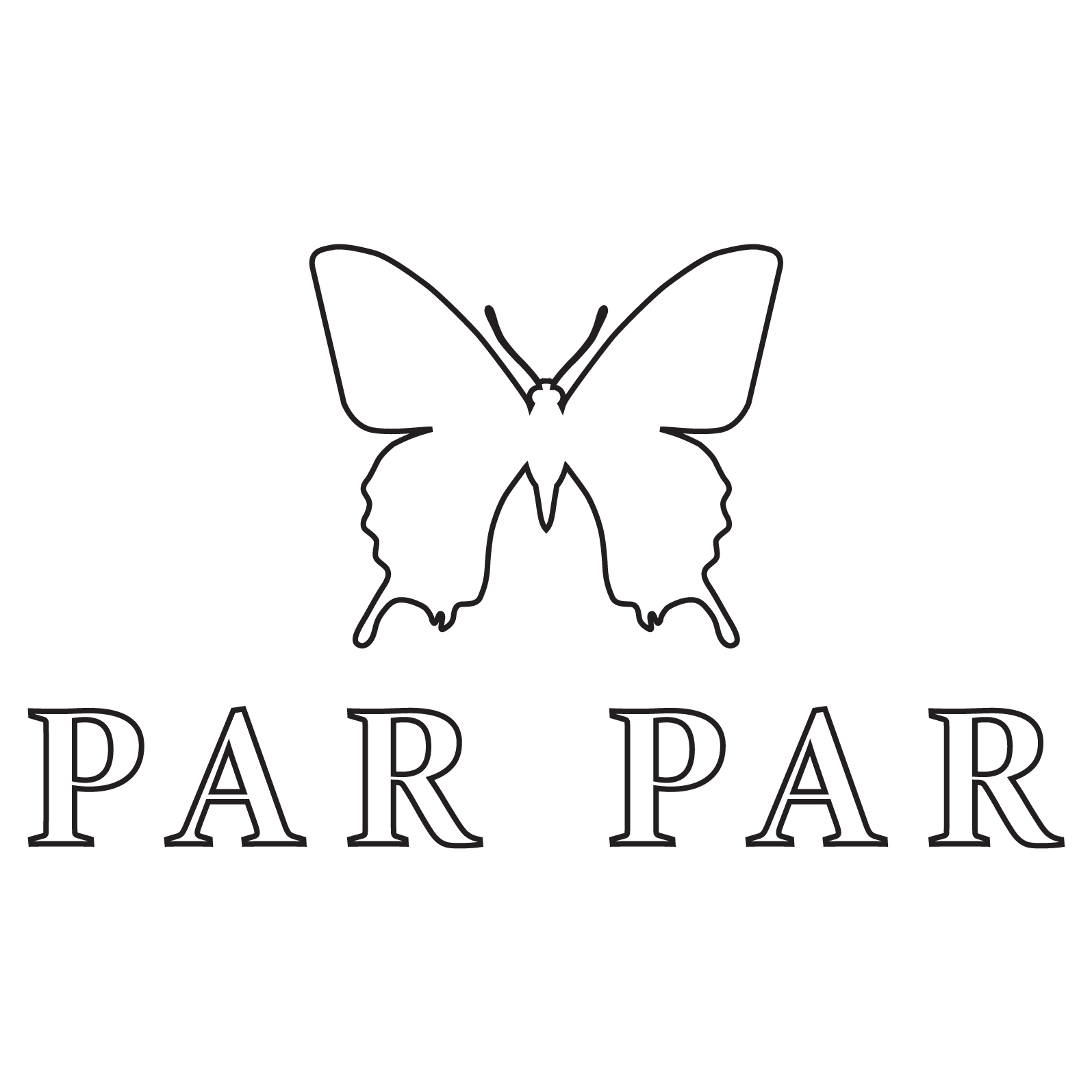Table of Contents
Saponification
Gel Phase







Gel phase is a stage in the soapmaking process that occurs after the soap batter has reached trace and has been poured into molds. During the gel phase, the soap undergoes a chemical reaction that generates heat, causing the soap to become translucent. Not all soapmakers choose to go through the gel phase, but it can have an impact on the appearance and texture of the finished soap.
Here’s a more detailed explanation of gel phase in soapmaking:
Initiating Gel Phase: Gel phase is more likely to occur if the soap is well-insulated after being poured into molds. Insulation helps retain heat, encouraging the gel phase. Soapmakers may use various methods to insulate their molds, such as covering them with towels or placing them in a warm environment.
Appearance during Gel Phase: As the soap undergoes the gel phase, it becomes translucent, often resembling a clear gel. The soap may go through a partial or full gel phase, depending on factors like insulation, the size of the soap batch, and the overall soapmaking process.
Benefits of Gel Phase: Soap that goes through the gel phase often exhibits certain characteristics:
- Brighter Colors: The colors in the soap may appear more vibrant and saturated.
- Smooth Texture: The texture of the soap can be smoother and more uniform.
- Improved Saponification: The heat generated during the gel phase can enhance the saponification process, leading to a more complete conversion of oils and lye into soap.
Controlling Gel Phase: Whether a soap goes through the gel phase can be influenced by factors such as the type of oils used, the size of the soap batch, and the insulation applied. Soapmakers who prefer to avoid the gel phase may choose not to insulate their molds or to cool them down by placing them in a refrigerator.
Natural Cooling vs. Forced Gel Phase: Some soapmakers prefer to let the soap cool naturally without entering the gel phase. This can result in a different appearance, often with a mottled or textured surface.
Others intentionally encourage the gel phase for its potential benefits in color and texture. They may use insulation or other methods to ensure that the soap reaches and sustains the gel phase.
Gel Phase in Different Soap Types: The occurrence of the gel phase is not exclusive to any particular type of soap. It can happen in cold process (CP), hot process (HP), and other soapmaking methods.
Monitoring Gel Phase: Soapmakers may monitor the soap in the mold during the first 12 to 24 hours after pouring. Signs of gel phase include the soap becoming translucent and warmer to the touch. Once the gel phase is complete, the soap gradually cools and hardens.
Ultimately, whether a soapmaker encourages or avoids the gel phase is a matter of personal preference. Both methods can result in high-quality soap, and soapmakers often choose based on the desired appearance and characteristics of their finished product.
If your mold is not insulated or not able to hold heat then your soap might not gel. No worries, soap does not have to gel in order to turn out properly.
The biggest difference between gelled and un-gelled soap is the color of it. Colors can sometimes appear darker in gelled soap. Check out this soap. The darker color went through gel phase in a log mold and the lighter round soap (from same batch) did not go through gel phase. What a different in color!
Un-gelled soap can also take longer to harden enough to remove it from the mold.
Please note that some fragrances, especially floral type scents, honey and other additives, can heat your soap up. It can sometimes be impossible to prevent gel. Many soap makers choose to try and prevent gel when soaping with milk, as milk soap heats up and can overheat causing cracks and other issues.
Below is a lavender soap that I just poured into the mold. Below it is the same soap going through gel phase. Gel phase is really dark in some soaps, but in this one, it wasn’t that dark, but you can see the difference in translucency.
The soap below is going through gel phase and is getting so hot that it is cracking. Soap cracks when it is trying to release the high heat inside.
If you see your soap cracking, try to cool it down. You can put it in the fridge or freezer, or you can simply elevate it onto a cookie rack (or something similar) and shoot a fan at it. If it is cold where you live, simply put it outside.Sometimes it can be alarming to see your soap going through gel phase. Now you know what is going on.
Partial Gel in Soap
Soap can partially go through gel phase. You’ll know that this happened when you cut your soap and there is a dark circle in the center. This is simply an aesthetics issue; your soap is perfectly find to use. Here are some examples of partial gel.
Take a close look at my Frankenstein soap. The partial gel is very light, but you can see the darker center.
And another soap, my candy corn soap, has a partial gel. Check out how it affects the colors! The good news is that after a bit of time, the colors evened out.
To prevent a partial gel in soap, you can prevent your soap from gelling or force it all the way through the process. See below.
Preventing Gel Phase in Soap Making
Sometimes soap makers want to prevent their soap from going through gel phase. I know many soapers who prevent their milk soaps from gelling because they want them to look nice and light in color. Here are some things you can try to prevent gel.
- Discount your water. To understand why, check out Kevin Dunn’s book, Scientific Soapmaking. Use a water discount to prevent gel. I personally use water at two times my lye and my soap hardly goes through gel phase unless I force it using some techniques below.
- Make smaller batches. If there is a smaller mass of soap, it can’t hold heat in as well. Slab molds are great for preventing gel because the soap mass is spread out with lots of surface area for heat to leave.
- Put your soap in the fridge or freezer. I know many soapmakers who make a loaf of soap and stick right into the fridge or freezer.
- Elevate your soap after you pour it. Use a cookie rack or something similar to provide airflow around your mold. You can even aim a fan at it to keep it cool.
- When your pouring multiple loafs, don’t line them up together touching. Let plenty of air circulate around each mold.
- Soap at cooler temperatures. Aim for temps of 80-90 degrees F for both your lye solution and oils.
Forcing Gel Phase in Soap Making
There are many times in soap making that you will actually want to force your soap through gel phase. It might be because you are tired of partial gel, or it might be that you are soaping with natural colorants so you want to force gel to get vibrant colors.
Here are some tips for forcing gel phase.
- Soap warmer. Make your soap with your oils and lye at warmer temps. If you currently soap at room temp or 80-90 degree F, try soaping at 100-110 degree F. Now remember, higher temps can make your soap speed up! So if you are trying to swirl and do more intricate designs, then try another technique below.
- Use more water. It can be hard to gel soap with a water discount. To understand why, check out Kevin Dunn’s book, Scientific Soapmaking. Use more water to help force gel.
- Cover your soap with wood or a cardboard box to hold the heat in.
- Set your soap on a heating pad to force gel. Combine this with covering your soap with wood or a cardboard box and you’ll be creating heat and making sure that it stays in the soap.
- Use your oven to force gel. Many soapmakers use a process called cold processes oven process (CPOP) to force their soap to gel in the oven. I’ve used it quite a lot. Here is how I do it.
- I turn my oven on to warm (your want it to be about 170-180 degrees F.
- I made my soap as usual.
- I turn my oven off and put my soap inside the warm oven and leave it over night.
Some soapmakers leave their oven on warm. If you do that, just keep a close eye on your soap. Once you see it complete gel phase you can remove it and let it cool down.
Keep an eye on your soap if you CPOP. If you’re soaping with spices, florals, sugars (including honey), milk and alcohol, all of these additives can help to heat up your soap. You don’t want your soap getting to hot in the oven and then cracking or volcano-ing out of the mold.
Affiliate Disclosure: I am grateful to be of service and bring you content free of charge. In order to do this, please note that when you click links and purchase items, in most (not all) cases I will receive a referral commission. Your support in purchasing through these links enables me to keep Par Par Academy of Soaps & Cosmetics free, and empower more people worldwide to make soap safely and easily. Thank you!